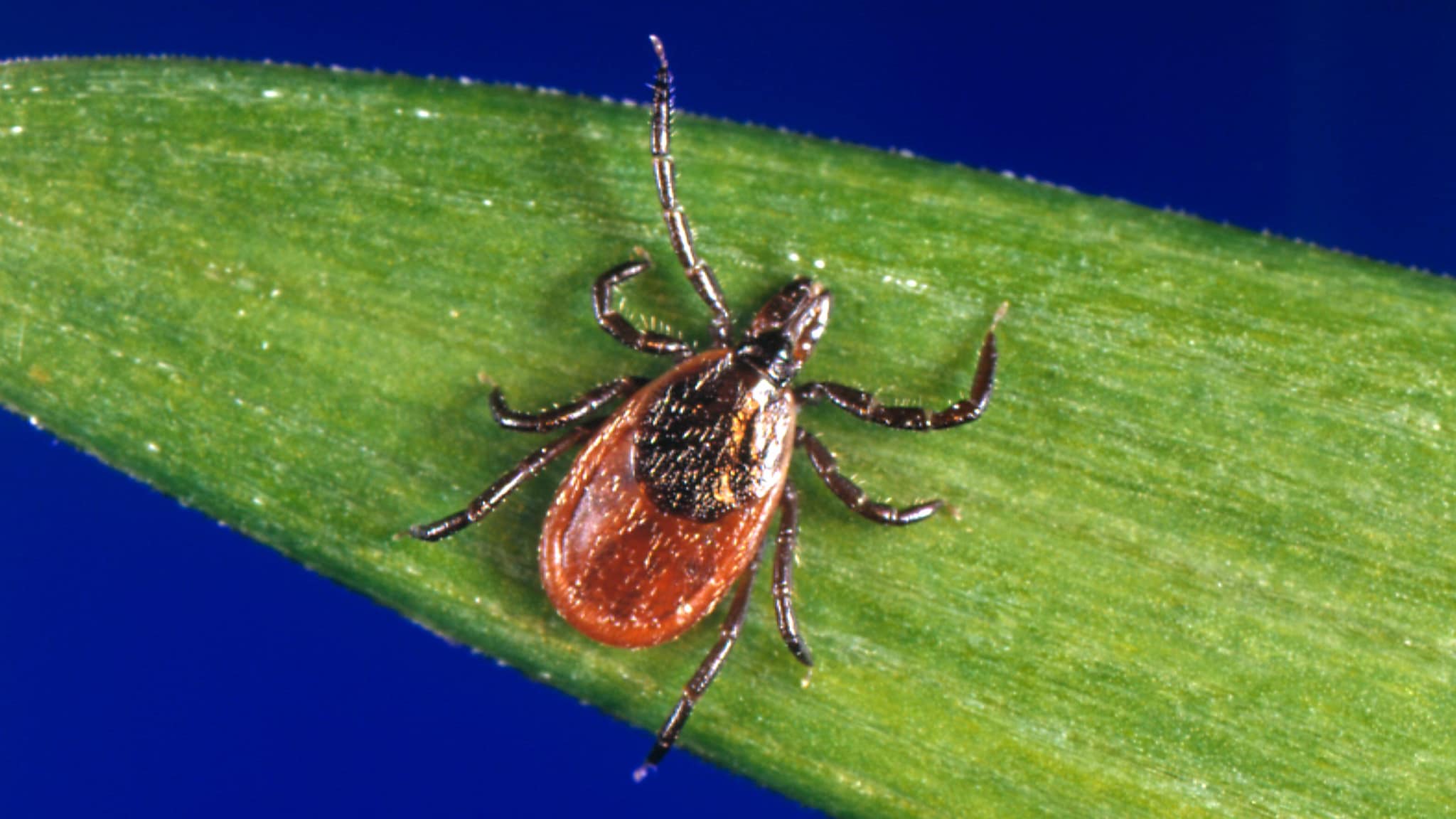Key points
- Hard tick relapsing fever (HTRF) is caused by Borrelia miyamotoi bacteria and transmitted to people through the bites of infected blacklegged ticks, Ixodes scapularis, and western blacklegged ticks, I. pacificus.
- Evidence suggests that HTRF most commonly involves a single episode of fever.

HTRF terminology
Hard tick relapsing fever (HTRF) is a term used to differentiate infection with relapsing fever bacteria transmitted by hard ticks (for example, B. miyamotoi) from those transmitted by soft ticks (for example B. hermsii, B. turicatae; see soft tick relapsing fever).
Signs and symptoms
Evidence suggests that HTRF most commonly involves a single episode of fever. However, relapsing fever has been documented in approximately 10% of cases. Other symptoms can include:
- Chills or shakes
- Fatigue
- Nausea or vomiting
- Headache
- Muscle and joint aches
Signs and symptoms appear around 2 weeks after a tick bite but may occur anywhere from 3 days to 6 weeks after exposure.
It is thought that people with HTRF often recover without treatment. Sometimes an infection can be more severe and require treatment, especially in people with immunocompromising conditions. Symptoms typically improve within a few days after starting antibiotic treatment.
Causes and spread
HTRF is caused by Borrelia miyamotoi bacteria and transmitted to people through the bites of infected blacklegged ticks, Ixodes scapularis, and western blacklegged ticks, I. pacificus. These ticks are the same ticks that spread Lyme disease, anaplasmosis, and several other diseases.
Hard ticks feed slowly for several days. The longer an infected tick is attached, the more likely it is that the tick will transmit B. miyamotoi.
HTRF cases peak in August, whereas Lyme disease occurs most commonly in the late spring and early summer.
Distribution
B. miyamotoi was first identified in 1995 in ticks from Japan. In 2011, the bacteria were identified in people in Russia. It has since been found in people and ticks in North America, Europe, and North Asia.
In the United States, HTRF occurs in the upper midwestern, northeastern, and mid-Atlantic states, where it is transmitted by blacklegged ticks, and in Pacific coastal states, where it is transmitted by the western blacklegged tick. While HTRF appears to be much less common than Lyme disease, the true burden of human infection is still being evaluated.
Prevention
Take steps to prevent tick bites, especially if you live in an area where blacklegged ticks are common:
- Avoid wooded and brushy areas with high grass and leaf litter, and
- Check your body, clothing, and pets for ticks after being outdoors.
Preventing tick bites is the best defense against tickborne diseases. Seek medical care if you get sick after a tick bite or after spending time in grassy, brushy, or wooded areas.
